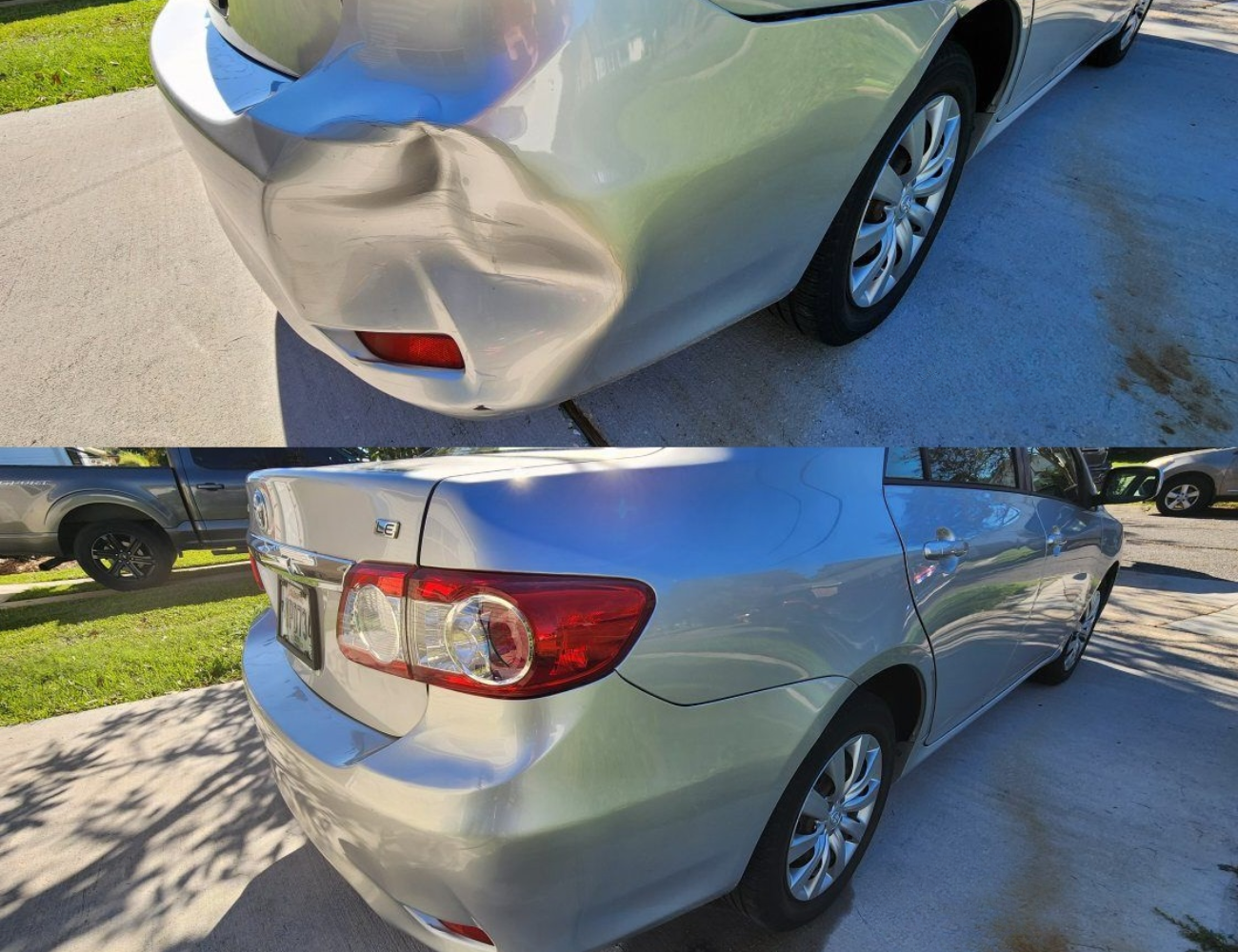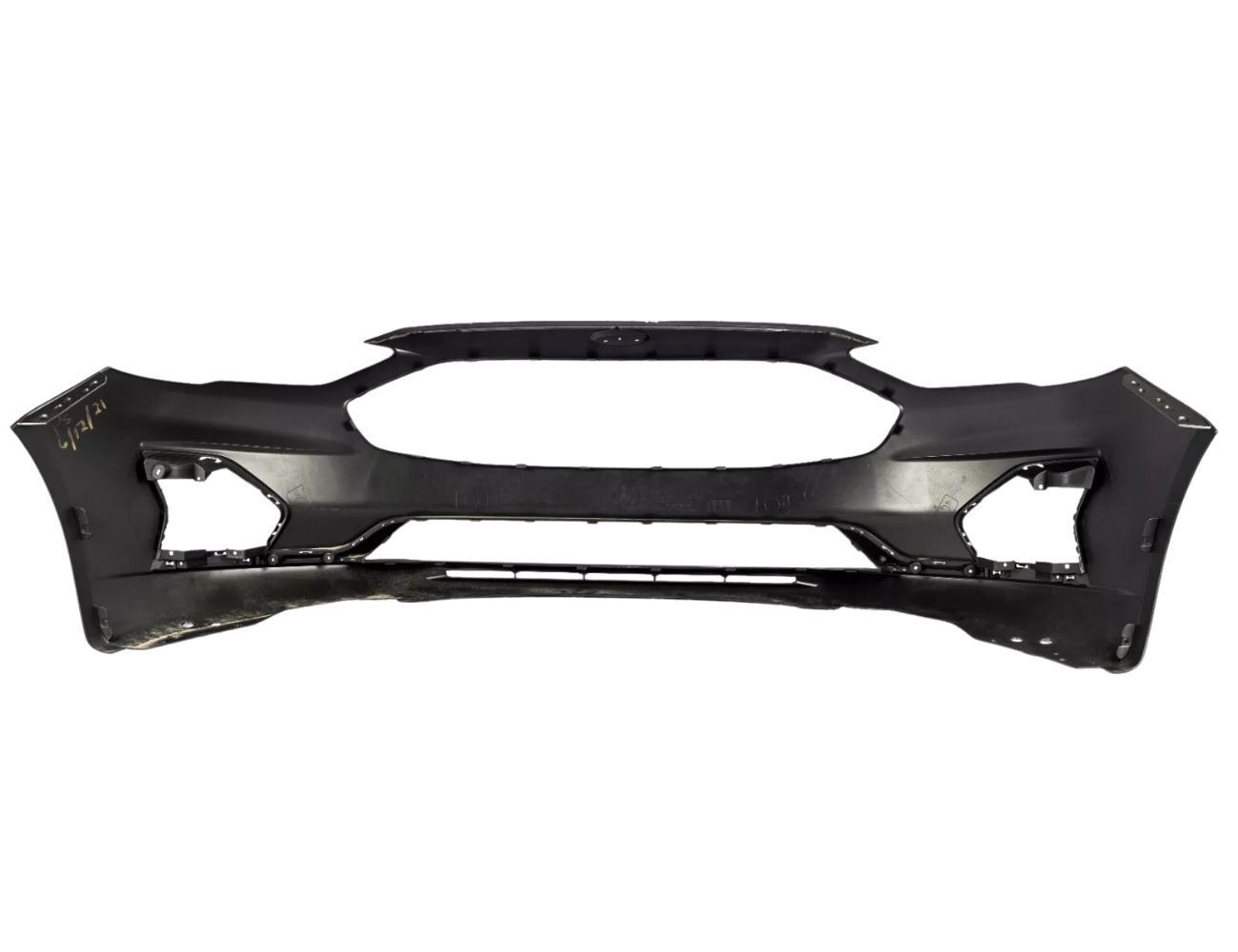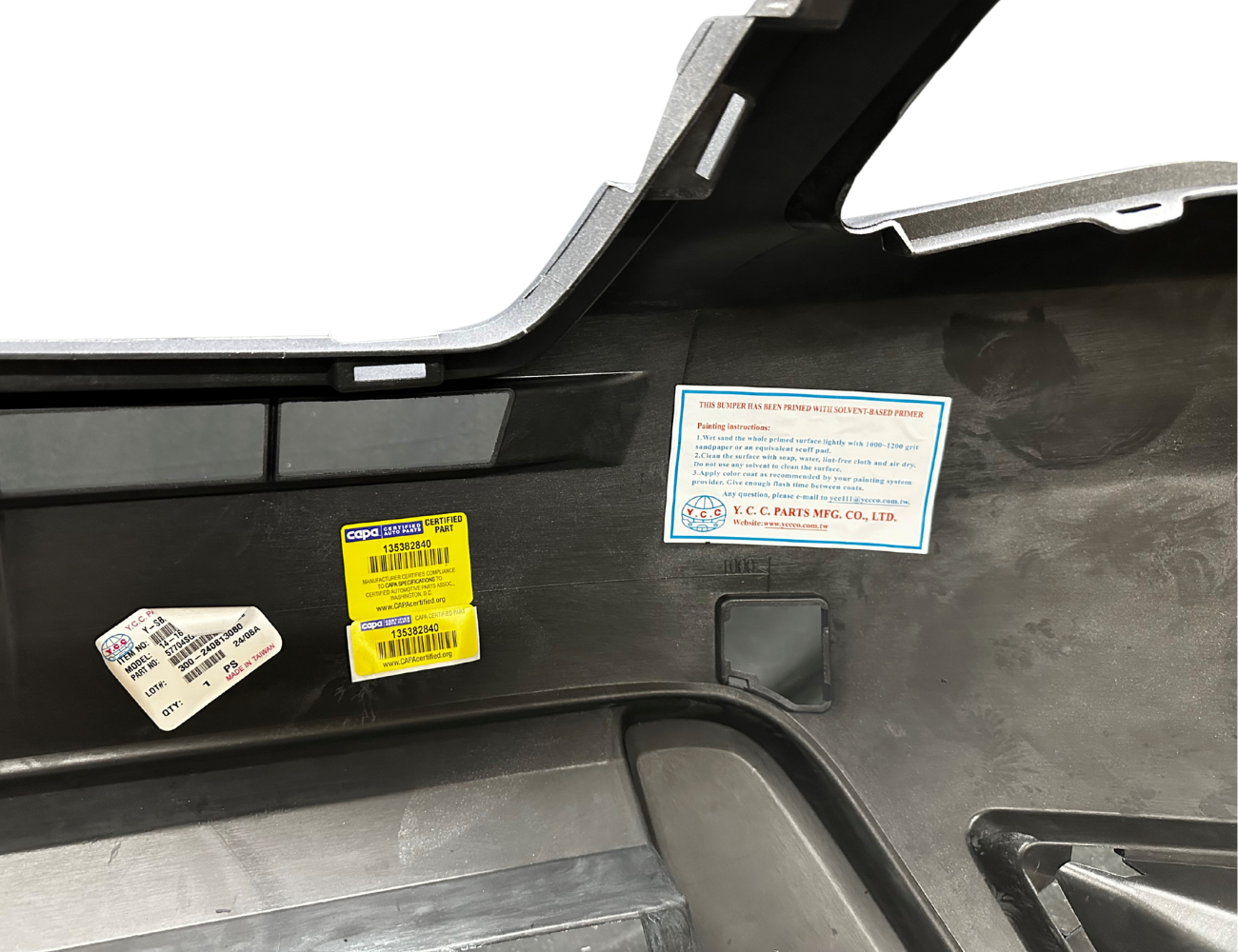OEM vs Aftermarket: How to Spot the Difference and Choose the Best Bumpers

Why Choosing the Right Bumper Matters — Especially for Your Budget
When it comes to bumper replacement, one of the first questions most car owners ask is: How much does it cost to replace a bumper? The answer depends heavily on whether you choose an OEM or aftermarket part. While OEM bumpers offer guaranteed fit and long-term reliability, aftermarket bumpers can significantly reduce your bumper replacement cost—but may come with trade-offs in quality, fit, or warranty. Understanding the real differences between the two options is essential if you want to make a cost-effective decision that doesn’t compromise on safety or performance. In this guide, we’ll walk you through how to tell OEM from aftermarket bumpers, their pros and cons, and when it makes sense to invest in one over the other.
What Is an OEM Bumper?
OEM stands for Original Equipment Manufacturer, meaning the bumper is made by the same manufacturer (or an approved supplier) that originally produced parts for your vehicle. Some may also refer to OEM parts as “genuine” if they come directly through the vehicle’s branded parts program. OEM bumpers are built to match your vehicle's exact factory specifications — ensuring the right shape, dimensions, and mounting points. These bumpers are typically made from high-quality materials such as polypropylene, ABS plastic, or even steel or aluminum reinforcements depending on the model. They follow strict manufacturing and safety standards, just like the bumpers installed on your car when it was new.
Why Choose an OEM Bumper?
OEM bumpers offer three major advantages:
- Perfect Fit: They are designed to install easily and align flawlessly with your vehicle’s body lines.
- Reliability: Built to factory standards, they provide the same level of safety, durability, and finish as the original bumper.
- Warranty: Many OEM bumpers come backed by warranty protection, giving you added peace of mind compared to generic aftermarket parts.
What Is an Aftermarket Bumper?
An aftermarket bumper is a replacement part made by a third-party manufacturer, not the original vehicle maker. Aftermarket bumpers can vary widely in quality, fit, and materials depending on the brand and production standards. Some are engineered to closely match OEM specifications, while others may differ slightly to reduce costs. Many drivers choose aftermarket bumpers for budget-friendly repairs or customization purposes, such as adding a unique style or enhanced functionality.
For those concerned about quality, CAPA-certified aftermarket bumpers are recommended. CAPA (Certified Automotive Parts Association) tests and certifies parts to ensure they meet high standards for fit, durability, and performance. Choosing CAPA-certified parts can give you confidence that your aftermarket bumper will perform reliably while still offering cost savings compared to OEM.

Pros and Cons: OEM vs. Aftermarket Bumpers
Brand Markings & Logos
OEM bumpers often include the automaker’s logo or part number (e.g., Toyota, Honda, Ford), indicating they were made by or for the vehicle manufacturer. In contrast, aftermarket bumpers may carry the branding of the third-party manufacturer. However, some aftermarket parts are unbranded entirely, making this an indicator—but not a guarantee.
Certificate of Authenticity
Some OEM parts come with a certificate of authenticity or manufacturer code, offering additional assurance of origin. Most aftermarket bumpers do not include this, but reputable aftermarket brands may provide product documentation or certification like CAPA (Certified Automotive Parts Association).

Fit and Finish
OEM bumpers are designed for precise compatibility with your specific make and model, which can result in a tight fit and consistent finish. That said, many high-quality aftermarket bumpers are engineered to fit just as well—especially when sourced from trusted brands. In some cases, aftermarket bumpers may require slight modifications during installation.
At Bumpers.com, we specialize in reconditioned OEM bumpers that meet original manufacturer standards. Each bumper is professionally restored, free of dents, scratches, or imperfections, so you get the same high-quality finish without paying full price. In most cases, you won’t be able to tell the difference from brand-new. Check out our craftsmanship below and see why a reconditioned bumper is the smart choice.
Material Quality
Both OEM and aftermarket bumpers can be made from durable materials, but the type and thickness of plastic or composite can vary. OEM parts generally follow strict manufacturing standards. However, premium aftermarket parts may use reinforced materials or enhanced designs to improve durability or performance.
Internal Reinforcement
OEM bumpers typically include reinforcement bars that integrate with your vehicle's safety system. Some aftermarket options include similar internal supports, especially those built to meet safety regulations, while budget models may not. If impact resistance is a concern, look for CAPA-certified aftermarket bumpers.
Professional Assessment
Not sure which bumper is right for your vehicle? Reach out to the experienced technicians at Bumpers.com or reach us at +1-313-859-4450. Our team can help you identify whether your current bumper is OEM or aftermarket, and guide you toward the best replacement option based on your vehicle’s make, model, and needs. We're here to ensure you get the right fit—with the right support.
Is It Better to Buy OEM or Aftermarket Bumpers?
Choosing between an OEM (Original Equipment Manufacturer) and an aftermarket bumper depends on your priorities, budget, and vehicle needs.
When to Choose OEM:
- Safety-critical repairs (e.g., collision, airbag integration)
- Warranty protection concerns
- You want guaranteed performance and longevity
- You value factory-perfect fit and original appearance
OEM bumpers are designed by the vehicle's manufacturer to match factory specifications exactly. They offer the best fit, finish, and compatibility, often coming with a warranty. OEM bumpers are ideal for customers who want their vehicle to look and perform just like it did when it was brand new. However, they typically cost more than aftermarket options.
When to Choose Aftermarket:
- You're on a tight budget
- You need immediate availability
- You're customizing for performance or style
- You’re willing to research reputable aftermarket brands
Aftermarket bumpers are produced by third-party manufacturers and can range from budget-friendly alternatives to highly customized options. While some aftermarket bumpers may not match OEM quality, others — especially CAPA-certified bumpers — are designed to meet or exceed OEM standards. Aftermarket bumpers are popular among customers looking to save money, repair older vehicles, or achieve a custom look.
Choose the Right Bumper with Confidence
When replacing your bumper, prioritize safety, compatibility, and long-term value. If you're unsure, consult a professional to ensure the best fit for your vehicle. At Bumpers.com, you can shop confidently by selecting your specific year, make, and model. We're committed to quality, guided by family values, and offer fast delivery across the U.S.A. Browse our inventory or contact our team for expert support.
